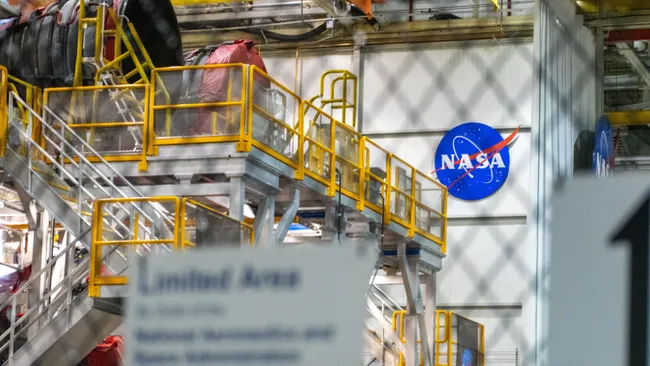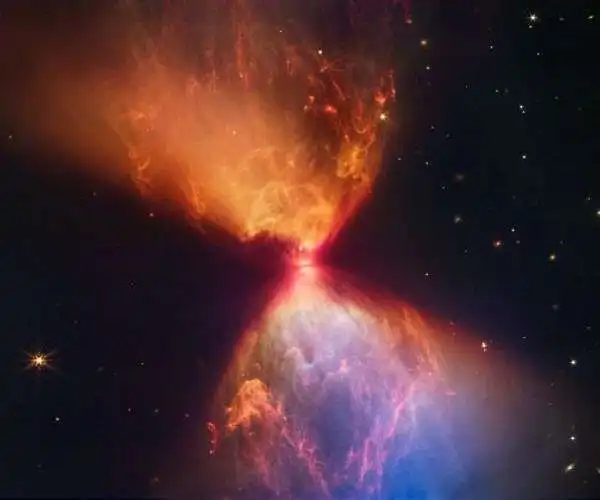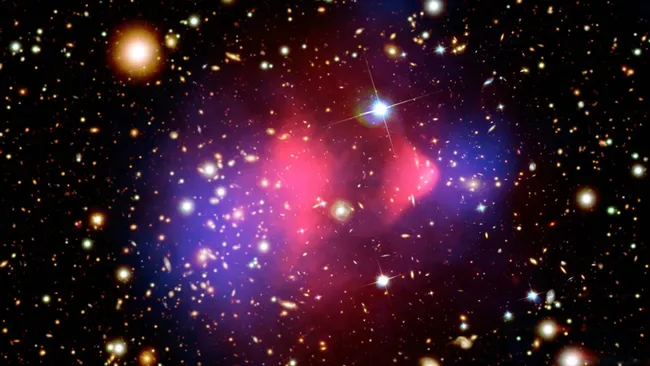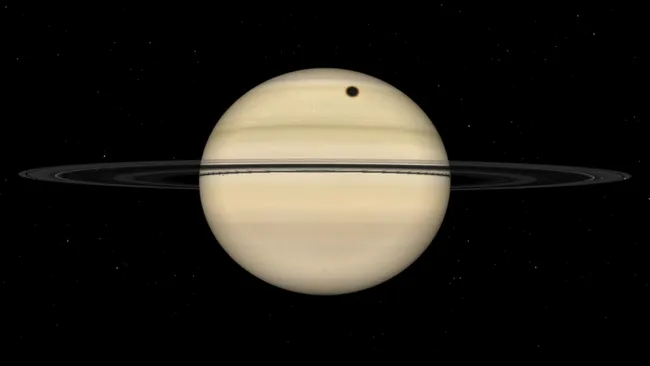A jaw-dropping image from orbit has stunned scientists and skywatchers alike — courtesy of NASA astronaut Nichole “Vapor” Ayers, who managed to capture a rare “sprite” glowing over a massive thunderstorm. This phenomenon occurred while she orbited 250 miles (400 km) above Earth aboard the International Space Station (ISS).
[Image]
In a post on X (formerly Twitter), Ayers described the phenomenon:
“Sprites are TLEs — Transient Luminous Events — that happen above the clouds and are triggered by intense electrical activity in the thunderstorms below. From orbit, we get a great view of these rare occurrences. Scientists use images like this to study how TLEs form and their connection to storms.”
Sprites are fleeting, colorful electrical discharges that occur high in Earth’s mesosphere, often appearing 50 miles (80 km) above the surface. NASA describes them as branching, red-tinted plumes or tendrils, usually triggered by powerful lightning strikes below.
What Ayers witnessed was no ordinary sprite. This massive, glowing form shot up from storm clouds over Mexico and the southern United States, extending into the upper atmosphere with city lights faintly glowing below — a surreal and scientifically rich sight.
NASA has been working on a citizen science initiative called “Spritacular”, encouraging the public to submit photos of TLE (Transient Luminous Event) activity. The aim? To gather enough visual data to finally crack the code on how these bizarre, stunning events really form.
Thanks to astronauts like Ayers who take photography seriously from space, the project now has orbital perspectives to add to its growing collection. While mysteries still surround sprites — why they form, how long they last, and what role they play in Earth’s atmospheric dynamics — answers may be just around the corner.
One thing’s certain: the view from space continues to deliver wonders we’ve only just begun to understand.






